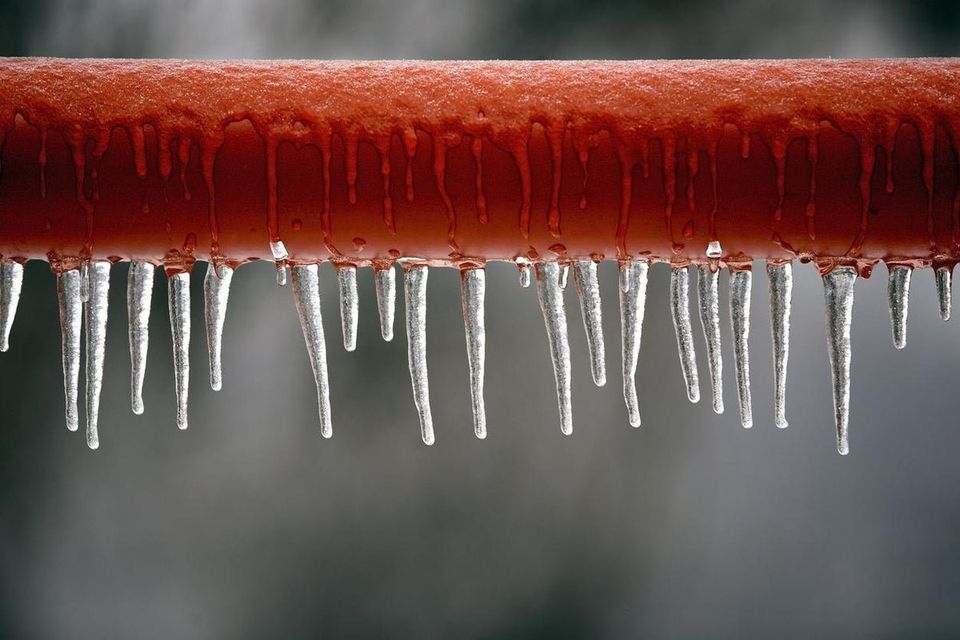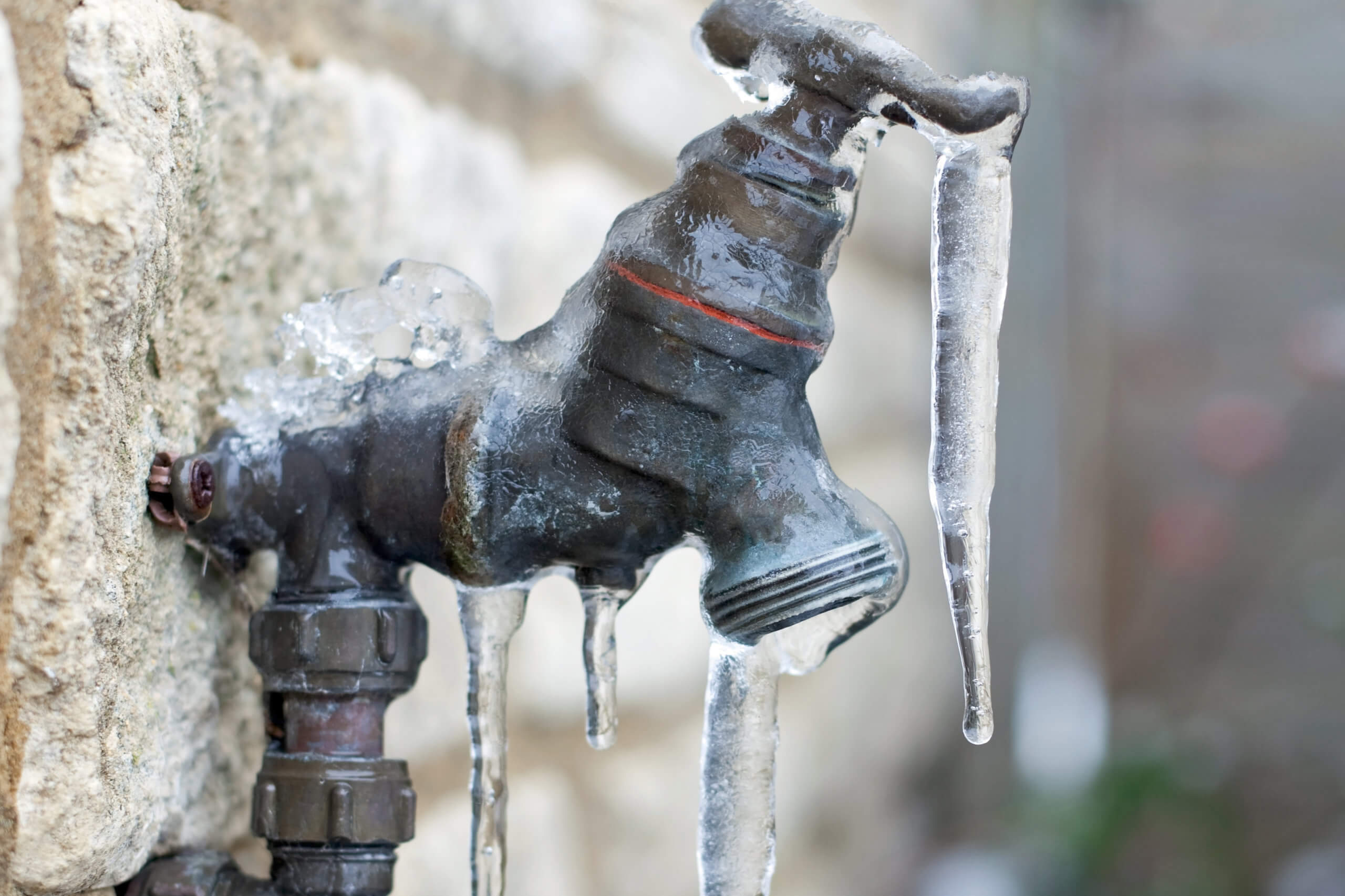The publisher is making several good points related to Preventing and dealing with frozen pipes in general in this great article which follows.

Winter can wreak havoc on your plumbing, especially by freezing pipes. Right here's just how to stop it from occurring and what to do if it does.
Introduction
As temperature levels drop, the danger of frozen pipelines rises, possibly bring about expensive repair services and water damage. Understanding how to prevent icy pipes is essential for homeowners in chilly climates.
Avoidance Tips
Protecting at risk pipes
Cover pipelines in insulation sleeves or utilize warmth tape to safeguard them from freezing temperature levels. Concentrate on pipes in unheated or outside locations of the home.
Heating methods
Maintain indoor areas properly heated up, specifically areas with plumbing. Open up cabinet doors to permit warm air to distribute around pipelines under sinks.
How to identify frozen pipes
Seek decreased water circulation from faucets, unusual odors or noises from pipelines, and visible frost on subjected pipelines.
Long-Term Solutions
Architectural changes
Take into consideration rerouting pipelines far from exterior wall surfaces or unheated locations. Include added insulation to attic rooms, basements, and crawl spaces.
Updating insulation
Buy high-grade insulation for pipes, attics, and wall surfaces. Correct insulation assists maintain consistent temperature levels and lowers the danger of frozen pipelines.
Safeguarding Exterior Pipes
Garden pipes and outside taps
Detach and drain pipes yard hose pipes prior to winter. Install frost-proof faucets or cover outside faucets with shielded caps.
Understanding Icy Pipelines
What triggers pipes to ice up?
Pipes freeze when subjected to temperatures listed below 32 ° F (0 ° C) for expanded periods. As water inside the pipelines ices up, it expands, putting pressure on the pipe walls and potentially triggering them to break.
Threats and problems
Frozen pipes can lead to water supply interruptions, property damages, and costly repairs. Burst pipelines can flooding homes and create extensive architectural damages.
Indications of Frozen Pipeline
Recognizing icy pipes early can prevent them from breaking.
What to Do If Your Pipes Freeze
Immediate actions to take
If you think frozen pipelines, maintain faucets available to ease stress as the ice thaws. Make use of a hairdryer or towels taken in warm water to thaw pipes gradually.
Verdict
Protecting against icy pipelines requires positive measures and quick feedbacks. By recognizing the causes, indications, and preventive measures, property owners can safeguard their pipes throughout cold weather.
5 Ways to Prevent Frozen Pipes
Drain Outdoor Faucets and Disconnect Hoses
First, close the shut-off valve that controls the flow of water in the pipe to your outdoor faucet. Then, head outside to disconnect and drain your hose and open the outdoor faucet to allow the water to completely drain out of the line. Turn off the faucet when done. Finally, head back to the shut-off valve and drain the remaining water inside the pipe into a bucket or container. Additionally, if you have a home irrigation system, you should consider hiring an expert to clear the system of water each year.
Insulate Pipes
One of the best and most cost-effective methods for preventing frozen water pipes is to wrap your pipes with insulation. This is especially important for areas in your home that aren’t exposed to heat, such as an attic. We suggest using foam sleeves, which can typically be found at your local hardware store.
Keep Heat Running at 65
Your pipes are located inside your walls, and the temperature there is much colder than the rest of the house. To prevent your pipes from freezing, The Insurance Information Institute suggests that you keep your home heated to at least 65 degrees, even when traveling. You may want to invest in smart devices that can keep an eye on the temperature in your home while you’re away.
Leave Water Dripping
Moving water — even a small trickle — can prevent ice from forming inside your pipes. When freezing temps are imminent, start a drip of water from all faucets that serve exposed pipes. Leaving a few faucets running will also help relieve pressure inside the pipes and help prevent a rupture if the water inside freezes.
Open Cupboard Doors
Warm your kitchen and bathroom pipes by opening cupboards and vanities. You should also leave your interior doors ajar to help warm air circulate evenly throughout your home.

We hope you enjoyed our part about 6 Ways to Prevent Frozen Pipes. Many thanks for finding the time to read our blog. You should take the opportunity to share this blog if you enjoyed reading it. Thanks for your time spent reading it.
Call Today